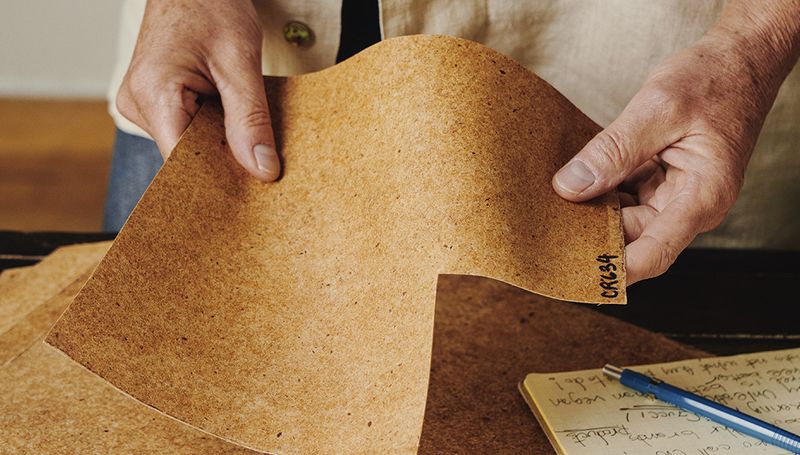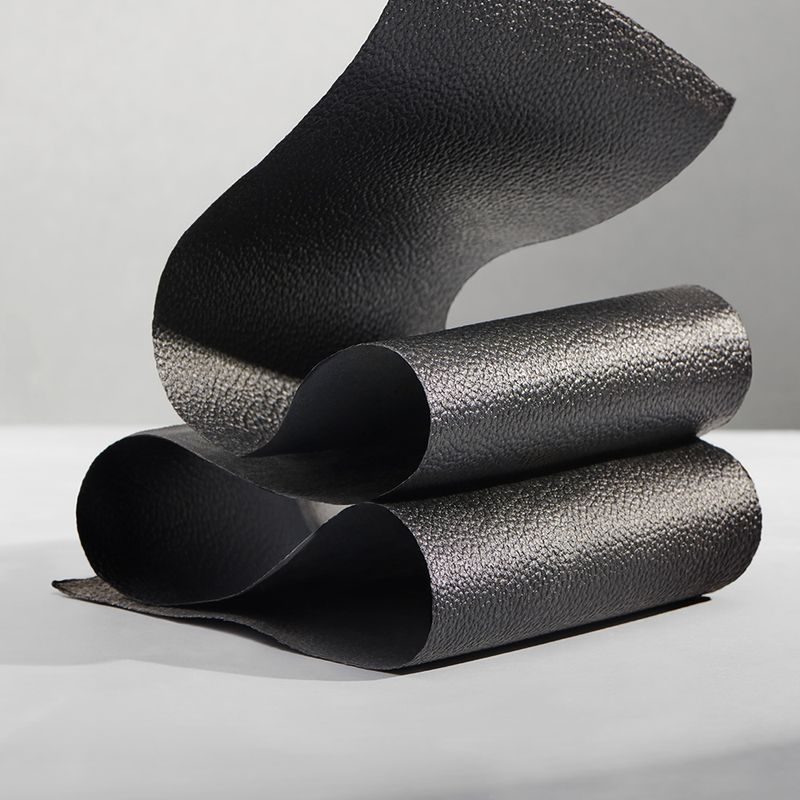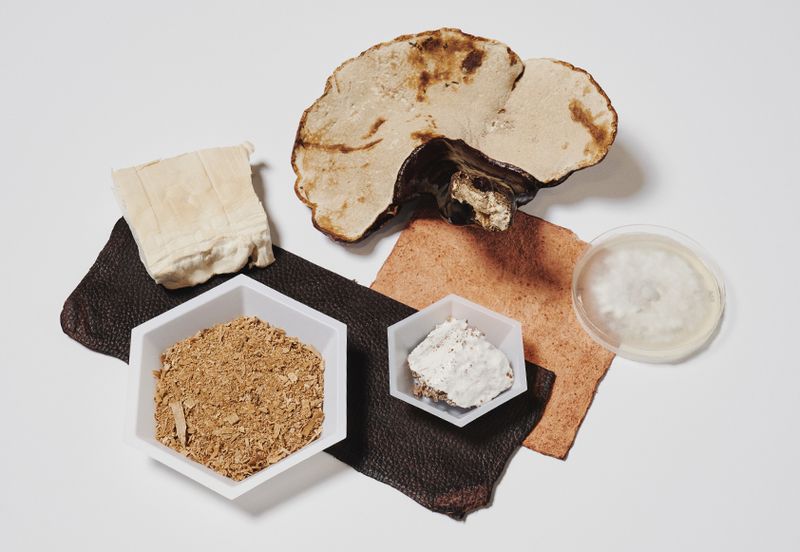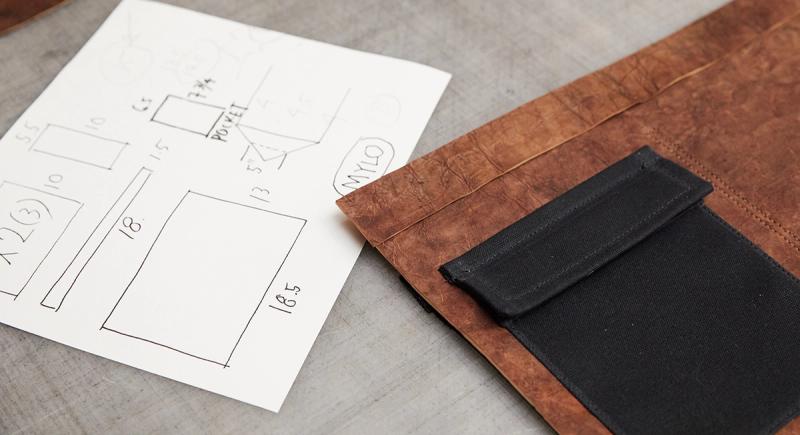Leather Alternatives & Their Uses


The process of making and using leather has been around for over 7,000 years. As technology advances, we’re finding more alternative materials that have the potential to replace animal leather.
The world’s population increase and the continuing demand for leather products has made a significant environmental impact. Today, there are several alternatives to animal leather that could help meet the demand for leather goods in a resource-constrained world.
Mylo, A Mycelium-Based Leather Alternative
Mylo™ material is a mycelium-based leather alternative. Mycelium is the underground, root-like structure of mushrooms.
Mushrooms are the fruit of mycelia. Think of mushrooms like the apples that grow from a tree branch, while the mycelia are the tree itself.
The mycelium to make Mylo™ material is grown in a lab-controlled environment, under conditions where mycelium thrive.
Mylo™, the material derived from mycelium, can be used for similar applications as animal leather. Mylo looks and feels like animal leather and can be used to make handbags, phone cases, footwear and more.
But mushroom leather isn’t the only type of leather alternative on the market. There are a few others, each with its own unique set of qualities.
Learn more about how Mylo harnesses the power of mycelium.
Discover Mylo



Fruit-Based Leather
Companies have turned to fruit-based leathers to reduce the number of plastics and fossil fuels used to create some leather alternatives.
Pineapple Leather
Pineapple leather is a popular fruit-based leather alternative. This leather is not made from the pineapple itself, but from the leaves surrounding the pineapple fruit as it grows.
The leaves are pulled apart into fibers, dried, and then pressed together, which creates a non-woven substrate. This substrate is then coated in polylactic acid, or fermented plant starches, and a water-based PU resin.
You may see pineapple leather used in bags, shoes, wallets, watch bands, and seat covers.
Apple Skin Leather
Another fruit-based leather is apple skin leather. Apples that are processed in Italy to make fruit juice are turned into this biobased leather alternative.
The skins are dried and then ground into powder, where they are mixed with pigments. The powder is mixed with PU, the binding agent of this leather alternative, and spread on a canvas to dry.
Many companies make goods that consist of apple skin leather, but the apple skin to PU ratio can vary. Items made from this leather are mostly bags, shoes, wallets, belts, and other fashion accessories.


This is a test of a caption
Recycled Leather
Recycled leathers have been popular since the late 90s and early 2000s.
Coffee Grounds Leather
Coffee grounds leather is an option that has not been explored in depth. One company in Germany makes this type of leather for their shoes.
Coffee leather smells like coffee and isn’t made in larger textile-like pieces. Much like apple skin leather, the recycled grounds are made into a fine powder and mixed with a binding agent, although it can also be combined with cork and other recycled materials.
Biofabricated Leather
Another type of leather that’s animal cruelty-free but not vegan is biofabricated leather. This leather is made from lab-grown collagen that’s assembled into usable material. Because it technically comes from cows, it can be considered real leather.
Biofabrication does not produce vegan leather because it comes from a serum derived from unborn cows. Enzymes from the unborn calf serum are injected into yeast with other ingredients, and then fermented in large vats. Liquid collagen forms in these vats and is then skimmed off and molded. The resulting substance is then tanned and dyed similar to animal leather.
This method of creating leather is still in the testing stages.
Cork Leather
Popularized as stoppers for wine, cork is a renewable and recyclable leather alternative. It is harvested in the Mediterranean region of Europe and is the bark of the cork oak. Cork leather is 100% plant tissue, with thousands of microscopic cells making up cork.
The sheets of cork bark are harvested from trees and rested for six months before being washed and processed. It is lightweight, naturally waterproof, elastic, and fire retardant. Cork can be processed into a material that is similar to leather in texture. This material can be dyed and used to create bags, totes, and other fashion accessories.